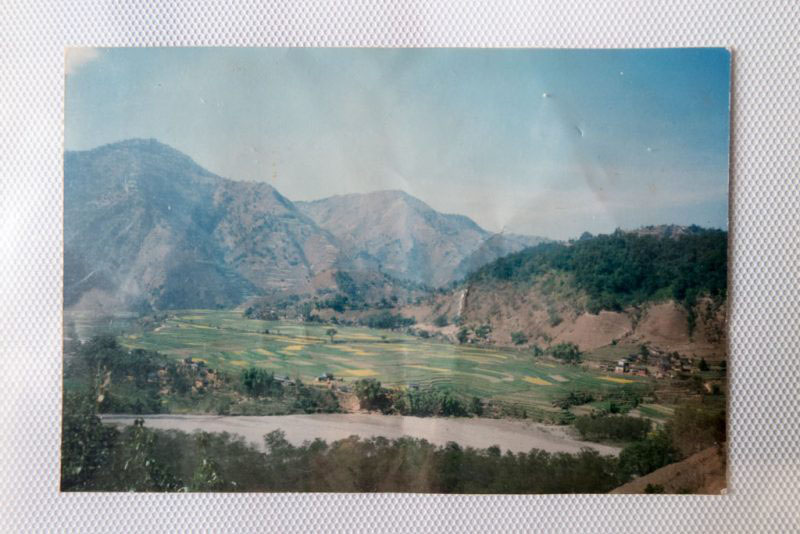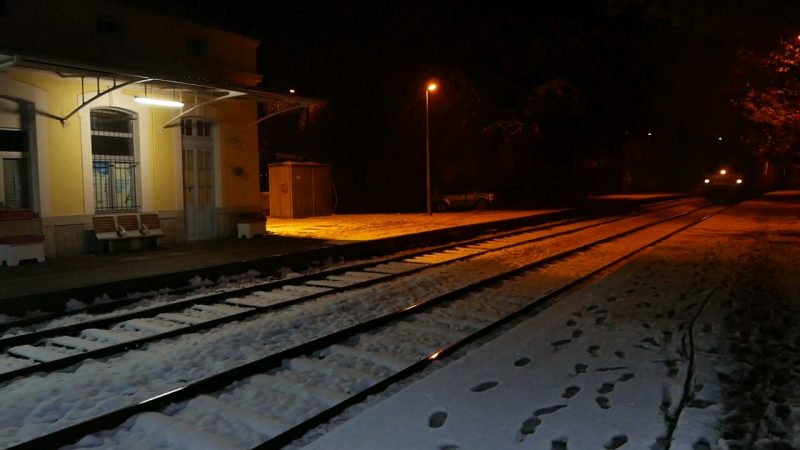All posts by Frédéric Lecloux
A conversation with Gobinda Kharel and Jean-Xavier Ridon about home and abroadness
Gobinda Kharel is the president of the Nepali Samaj Nottingham, the association of Nepali residents in town. He’s been living in the United Kingdom since 2014 after having previously studied in Singapore for four years and in the Netherlands for nine years. He has supported my research from the beginning and, along with Andeep Acharya and Tara Bhandari, has been a crucial person to the success of my effort in reaching the community.
Diary of an artist in residence, University of Nottingham, part VI, 7-21 November 2017.
Diary of an artist in residence, University of Nottingham, part V, 17-30 September 2017.
A photograph. Not just an interesting scene, to be frozen onto a surface: a photograph. One of the images that exist in me, though I don’t know where…
Diary of an artist in residence, University of Nottingham, part IV, 18-30 June 2017.
Diary of an artist in residence, University of Nottingham, part III, 10-11 April 2017.
Diary of an artist in residence, University of Nottingham, part II, 5-16 March 2017.
Workshop “Circuits of Labour, Obligation and Debt: International Migrants, Their Families, and the Migration Industry in Nepal”,
University of Oxford, Institute of Social and Cultural Anthropology, 13-14 March 2017.
Diary of an artist in residence, University of Nottingham, part I, 30 January – 16 February 2017.
Some considerations about the Nepali photographic scene in 2016
In October 2012, an exhibition entitled Népal Intime was exhibited at the Fondation Alliance Française in Paris. The first of its kind to go abroad, it featured works by young Nepali photographers, including…
A conversation with Prasiit Sthapit
Prasiit Sthapit is a Nepali photographer and video maker based in Kathmandu. He is the author of the award-wining series Change of Course, dealing with how the geological evolution of the Narayani river, which supposedly marks the border between Nepal and India in the village of Susta, affects the identity of its inhabitants.
The first anniversary of the 25 April 2015 earthquake in Nepal is imminent. It will come with commemorations, civil and religious events, all sorts of speeches and calls on symbols, which will undoubtedly generate numerous images. This is the occasion to reassess the motives, the stakes and the meanings of the representations of such an event. […]
Jimbu and bicycles
What do two photographers talk about when they meet? What do two photographer friends talk about when they meet? What do two photographer friends who are meeting after a long time in Photo Kathmandu talk about when they meet? Well, see for yourself.
Photo Kathmandu 2015
The team of Photo Kathmandu released a video of the first edition of the best photo festival in the world!
Inside the temporary dark room in a house of the Durbar Square of Patan during Photo Kathmandu Festival in November 2015.
On Philip Blenkinsop’s Nepalese work
Philip Blenkinsop is a photographer who doesn’t show much.
Although I’ve taken pictures as far back as I can remember, I started to do it with some sort of visual intention only in 1994 during my first travel in Asia. It was a ten months long trip around the Himalayas from Kathmandu to Kathmandu via Northern India, Northern Pakistan, the Khunjerab Pass, Chinese Turkestan and Tibet. Why did I go there, and why with a camera? Let me provide you with an chronology.
In Nepal, photography for a long time was the almost exclusive matter of the official photographers of the court. Vernacular photography did exist in parallel, but until the medium became more accessible this was an activity only an elite and a few enthusiasts could indulge in. Besides, in these forms of photography, the role of the photographer hardly overstepped the one of a diligent craftsman.






















